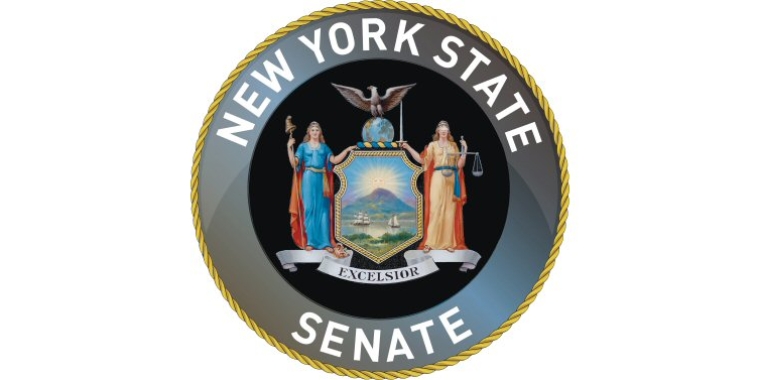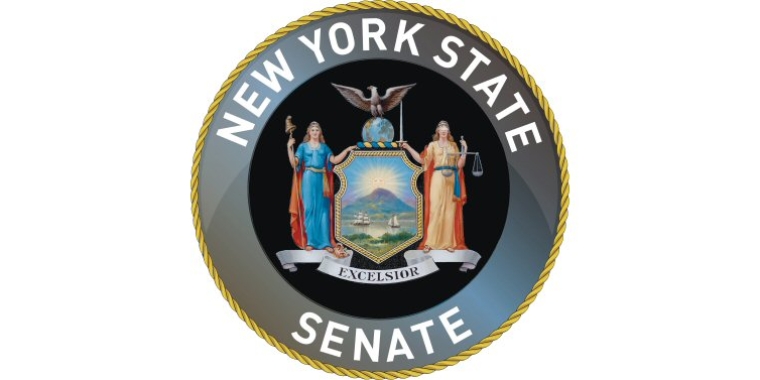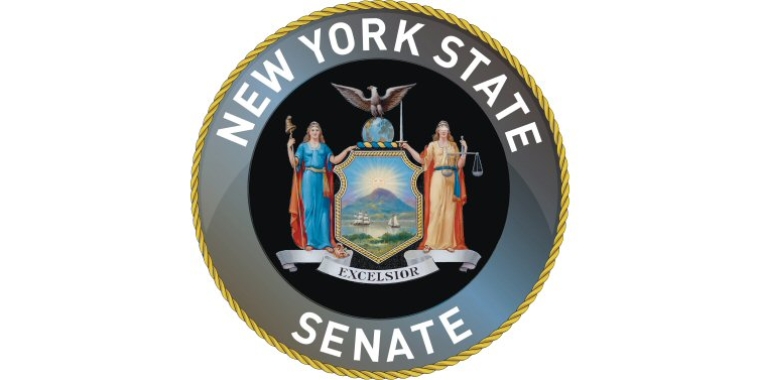
Terrorist Registry Will Help Keep New Yorkers Safe
June 14, 2016
-
ISSUE:
- Terrorism
- Homeland Security
ALBANY – New Yorkers confronted with constant threats to their security gained confidence this week after the Senate took action to establish the “New York State Terrorist Registry.”
In the wake of another violent terrorist attack in Orlando, legislation, co-sponsored by Senator Catharine Young (R,C,I- 57 District), has passed that will require anyone convicted of state or federal crimes of terrorism to register with the Division of Criminal Justice Services, and would make their non-confidential information available to the public.
Facing an always present threat from domestic and international terrorist, Senator Young and her colleagues have put forward a plan to monitor individuals with a known history of committing or attempting to commit acts of terrorism. The plan would create a registry that would help law enforcement better monitor known terrorists to prevent against future attacks.
“Terrorism is among the biggest threats to our state and national security. Terrorists want to harm innocent victims, cripple our infrastructure and businesses, and create a perpetual sense of fear among individuals. By continuing to live our lives, and enjoy the freedoms we possess, we do not give in to their tyranny,” said Senator Young.
“Enacting a registry of known terrorists, requiring them to declare their presence and enforcing tough penalties for those who fail to comply with the registry improves people’s safety and provides even greater confidence in law enforcement’s ability to confront future threats. We have an obligation to defend the public and maintain people’s essential freedoms of life and liberty. Al Qaeda, ISIS and other terror groups want to take away our way of life and this registry is a positive step to prevent future tragedies,” Senator Young said.
The bill is modeled after Megan’s Law, which established the New York State Sex Offender Registry. If someone’s conduct has previously resulted in a conviction for crime of terrorism, they would be required to complete a standardized registration form. The appropriate law enforcement agency, or the Department of Corrections if the individual is confined, would then collect a current photograph, fingerprints and DNA sample. These materials would then be made available to local, state and federal law enforcement agencies.
related legislation
Share this Article or Press Release
Newsroom
Go to NewsroomStatement from NYS Senator Catharine M. Young (R,C,I-57th District)
February 28, 2019
Town of Mansfield Slated to Receive $300,000 State Grant
February 27, 2019

Senator Young Secures $125,000 for Town of Ripley
February 27, 2019

